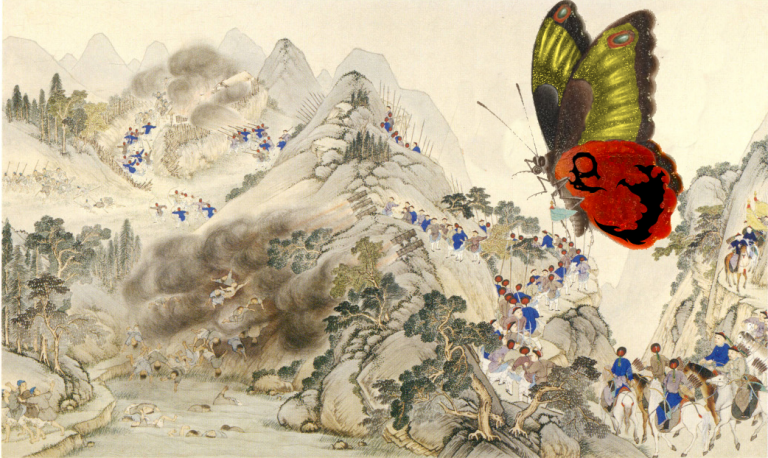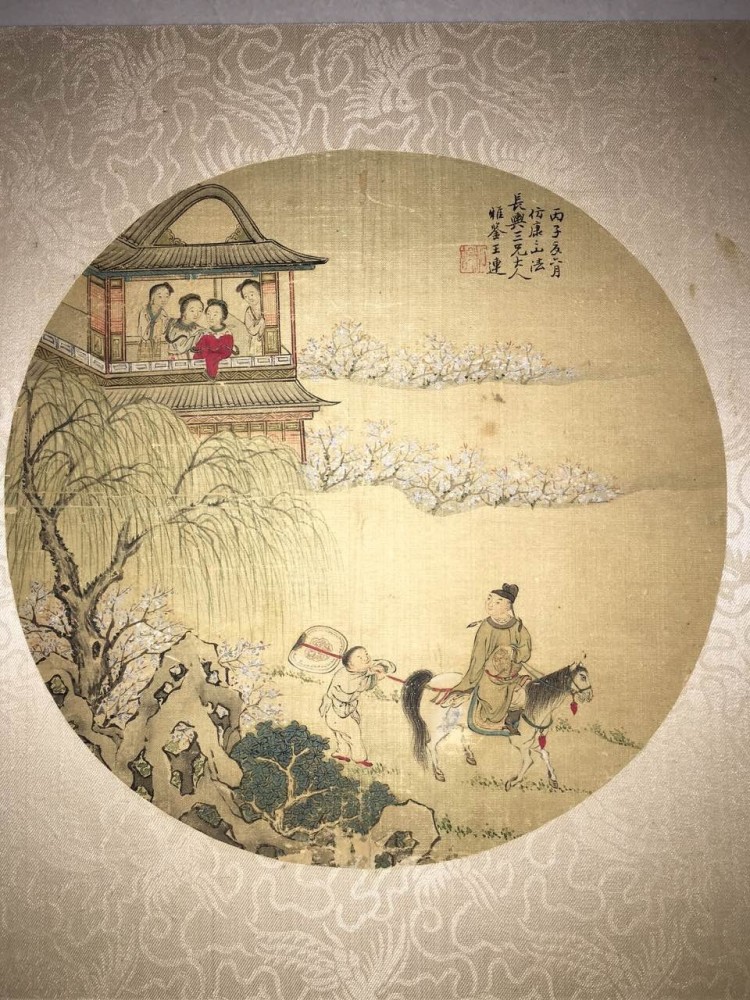Animal Paintings of the Qing Dynasty
2 min readMost painters of the early Qing Dynasty(1644-1911)adopted the artistic style of their predecessors and created many animal paintings characterized by fine brushwork and close attention to detail,such as equine artist Zhang Mu’s“Scroll Painting of Herding Horses,”and court painter Wang Hui’s“Picture of Emperor Kangxi’s Inspection Tour to the South”depicting a large contingent of mounted attendants.

During the middle period of the Qing,the imperial court had employed a number ofEuropean missionary painters like Bohemian Jgnatius Sickeltart,Italians Giuseppe Castiglione and Joseph Panzi,and French Louis Poirot and Jear Lenis Attiet,who introduced the Western painting skill into China.Giuseppe Castiglione was undoubtedly the most outstanding of them.He used China’s traditional brush and pigment to produce an effect of oil painting.The pictures of“Eight Steeds,”“One Hundred Steeds”and“Ten Fine Dogs” were all his famous works.
Meanwhile,many Chinese folk painters were also very active,and an unconventional school of painting emerged in Yangzhou of present-day Jiangsu Province during the reign(1736-1795)of Emperor Qianlong.Its representative figures included the so-called“Eight Eccentrics,”namely Wang Shishen,Huang Shen,Jin Nong,Gao Xiang,Li Shan,Zheng Xie,Li Fangying,and Luo Pin,who broke with traditions of Chinese painting and integratedpainting with poetry and calligraphy.Both Huang Shen’s”Scroll Painting of BoleLl Appraising a Horse”and Luo Pin’s“A Copy of Zhao Yong’s‘Picture of Three Horses'”have shown this school’s unique style.
The late Qing Dynasty had provided an arena for Shanghai-based painters.The“Three Rens”(Ren Xiong,Ren Yi and Ren Xun)were all masterhands in portraying horses,and monk painter Xugu was celebrated for his goldfish and squirrel paintings.









